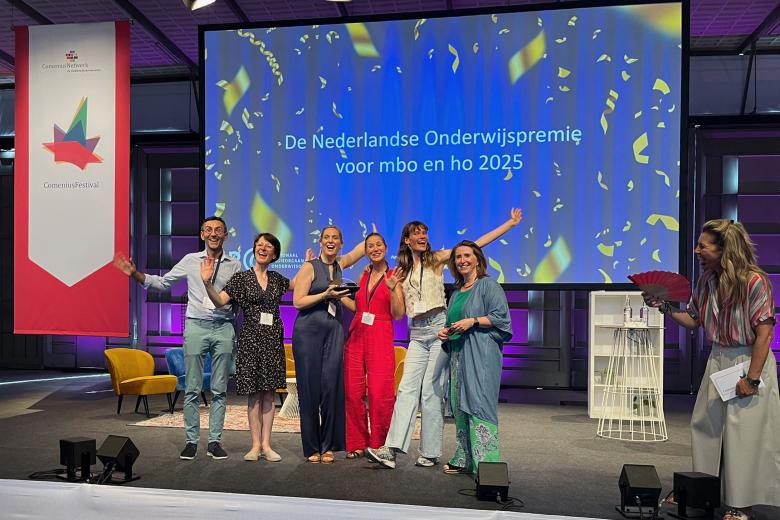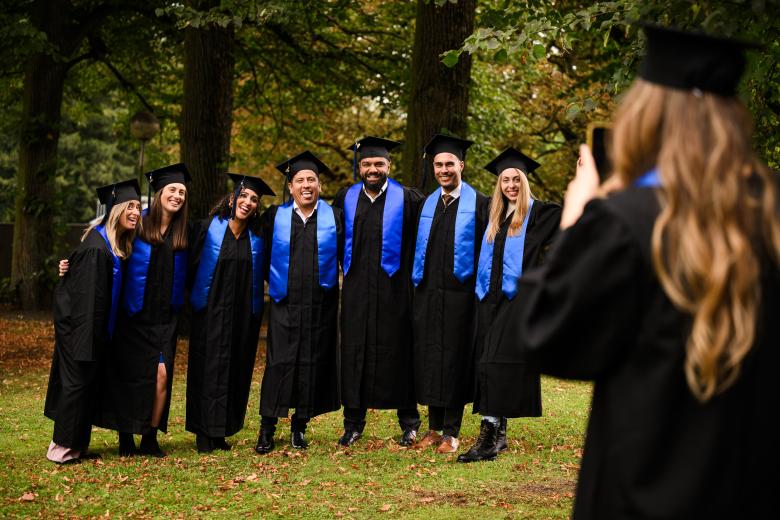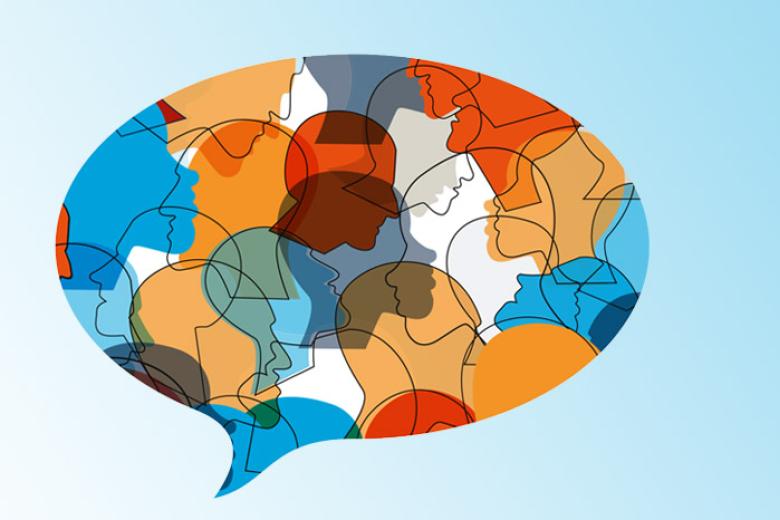Surgeons and physicists work together on oncology operating theatre of the future
Work is currently underway on an ‘oncology operating theatre of the future’ thanks to a unique collaboration between surgeons and the new UM imaging institute M4I. New imaging techniques that provide insight into the metabolic characteristics of tumours make it possible to determine whether the surgeon is operating in a tumour-free area, while the surgeon operates in the operating theatre. One of the driving forces behind this collaboration, surgeon Steven Olde Damink, will be making his inaugural speech, entitled ‘Dissecting boundaries’, on 4 September.
This collaboration will bring clinical and basic scientific researchers together in an integrated research laboratory, which is to be opened prior to Mr Olde Damink’s inaugural lecture. This lab is further developing tools such as the iKnife in collaboration with Imperial College in London and the British manufacturing firm Waters. The iKnife makes use of the vapour given off as the surgeon cuts through tissue. Mass spectrometry allows a high-speed analysis to be made of the metabolic products (metabolites) in this vapour, so that the presence of any remaining tumour tissue can be quickly determined. Research is also being conducted on CUSA (cavitron ultrasonic surgical aspirator) technology, which allows the surgical wound area to be scanned during surgery in the operating theatre. Modern imaging mass spectrometry is able to conduct this type of analysis within 10 minutes, compared with path lab analysis, which currently take several days.
Olde Damink, a surgeon at Maastricht UMC+, was appointed Professor of Translational Research in Gastrointestinal Surgery on 1 July 2015, and he played an important role in setting up Prof. Ron Heeren’s mass spectrometry lab in Maastricht. Heeren, who was given a professorship at UM in September last year, relocated with his research group from AMOLF in Amsterdam to Maastricht, where he now has the opportunity to put 25 years of fundamental research experience into clinical practice.
In his inaugural lecture, Olde Damink deals with several lines of research that he will be working on together with M4I. These include developing a 4D-imaging technique that can be used for metabolic mapping, which results not only in a 3-D snapshot, but also an image showing the rate of production of these metabolites. This new analysis technique provides information that can be used to learn more about disease processes and to better understand the effects of certain treatments and/or preventative measures. This research technique can also be used in the future to better visualise tumour metabolism and, in particular, tumour heterogeneity. This can be useful when drawing up individual patients’ chemotherapy schedules, and in order to personalise treatment.
Olde Damink’s appointment will also focus on several research themes, such as the enterohepatic circulation of bile salts in the liver, biliary duct and intestines. Disruption of this circulation adversely affects intestinal and liver function. It has recently been shown that bile salt-sensitive nuclear receptors are crucially important for the recovery of the liver following surgery. Another research theme within the chair deals with the effects of surgery on elderly patients, morbid obesity, and cancer-related cachexia (extreme wasting and loss of muscle mass). The leitmotif in this case is also intestinal and hepatic impairment.
Also read
-
Study Smart gets Dutch Education Premium
Maastricht University's (UM) interfaculty educational innovation project Study Smart is one of the three winners of the Dutch Education Premium 2025. This was announced on Tuesday during the Comenius festival in The Hague.

-
Maastricht University recognised among top institutions in CEO Magazine’s 2025 Green MBA Rankings
We are proud to share that Maastricht University School of Business and Economics has been recognised as a top-ranked institution in the CEO Magazine 2025 Green MBA Rankings.

-
Language policy in European higher education
The increased Englishization of higher education is under discussion in several European countries. What does a balanced language policy look like that does justice to both the increasingly international character of higher education and a country's language-related cultural identity? At an...
